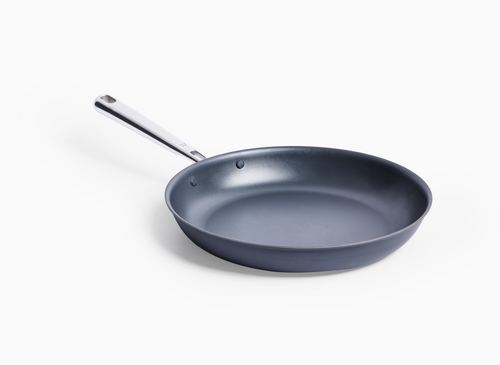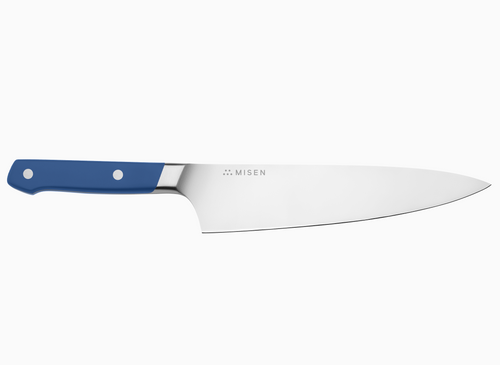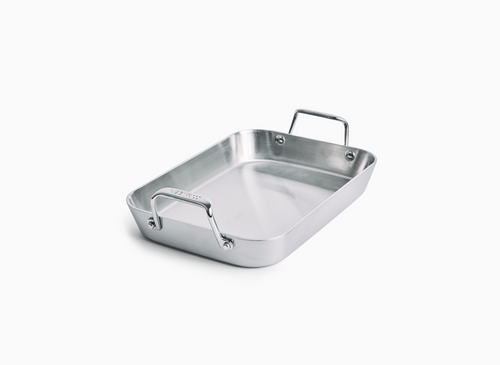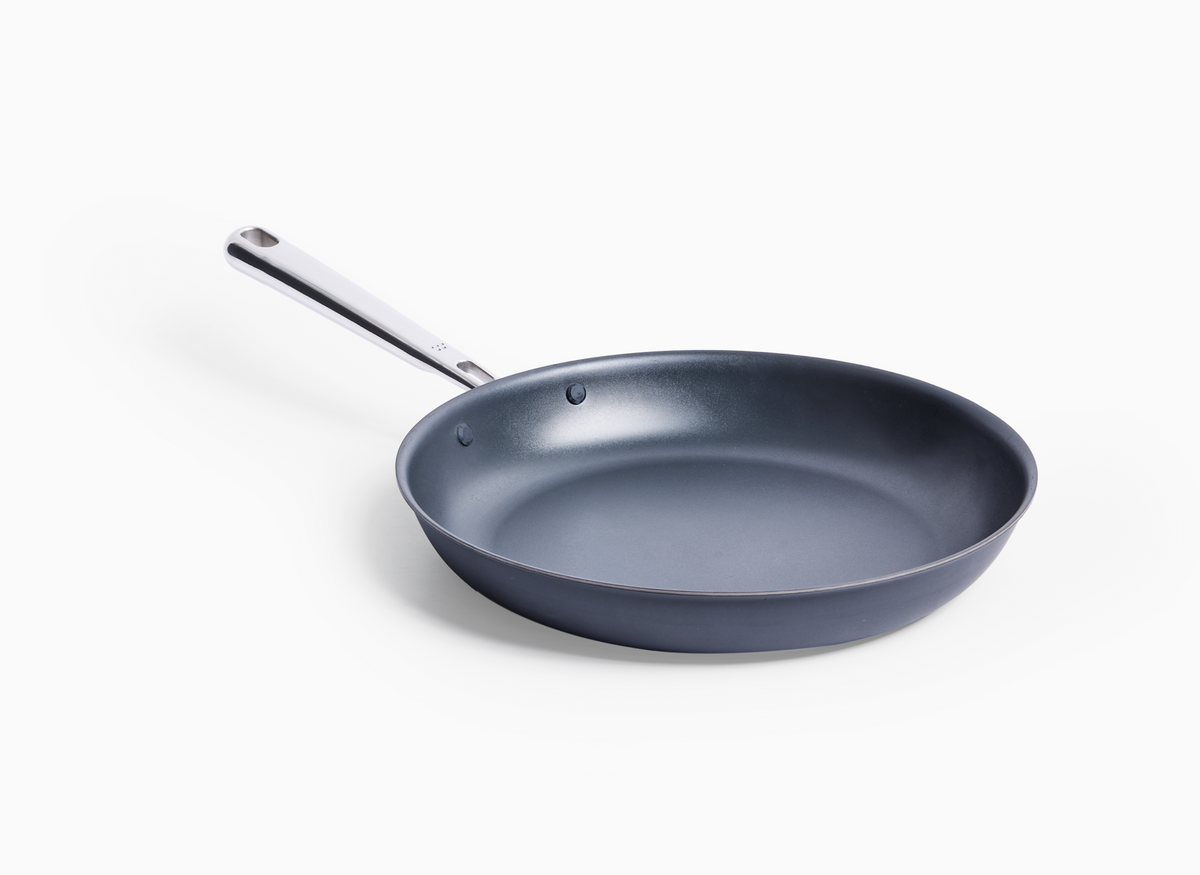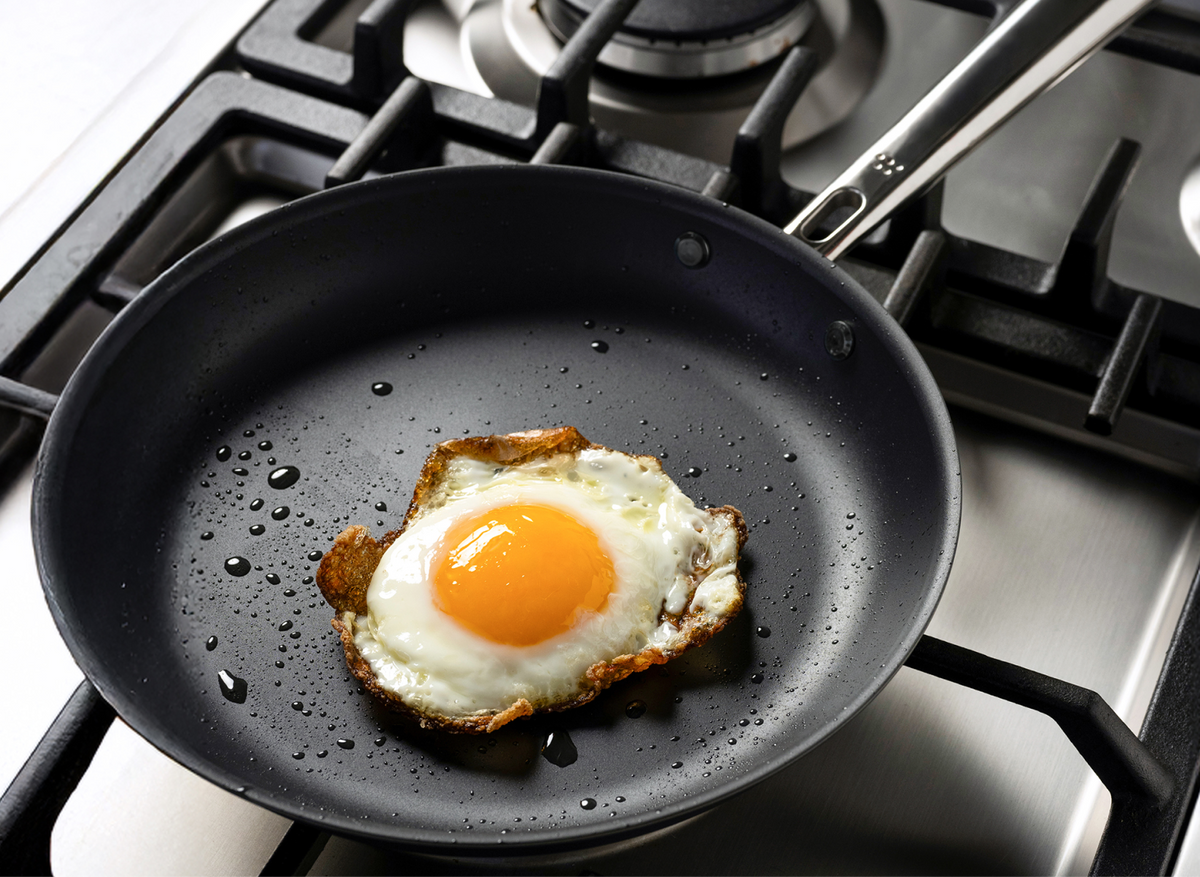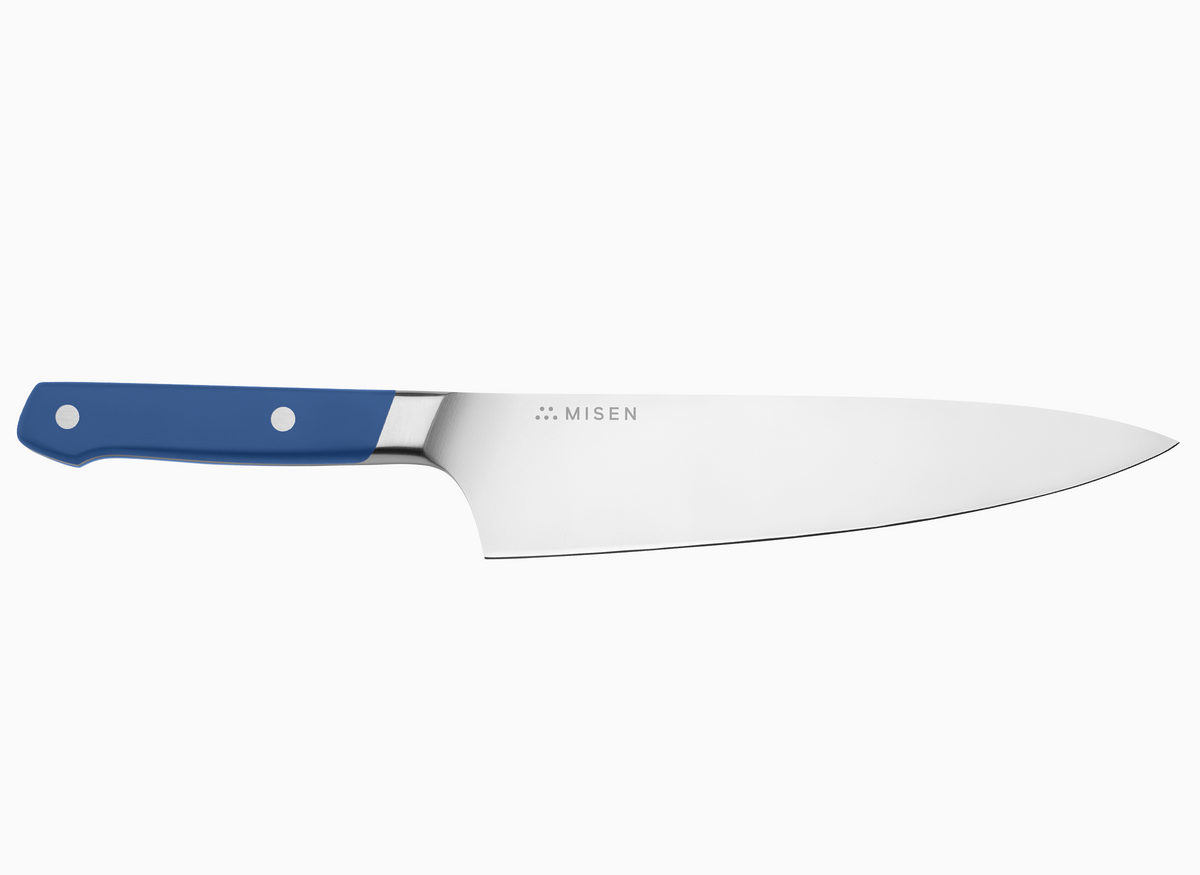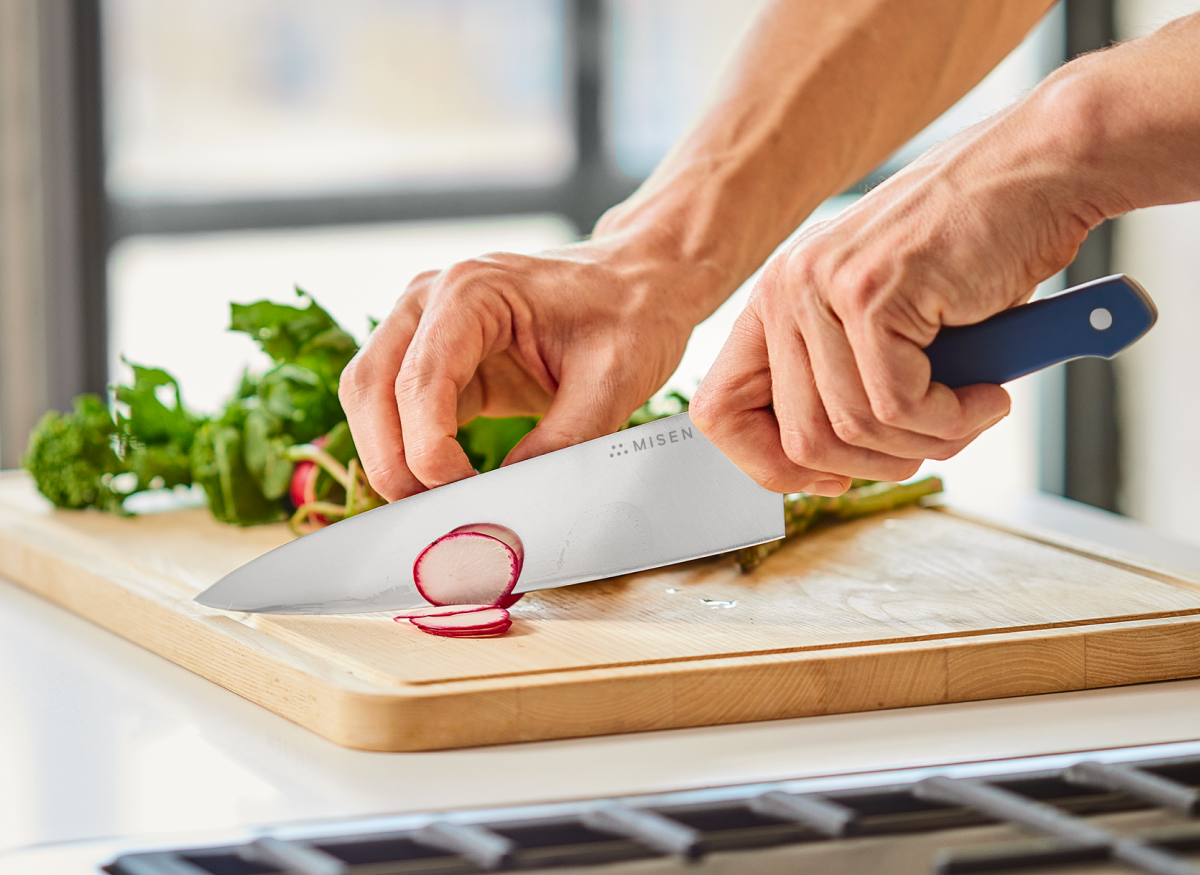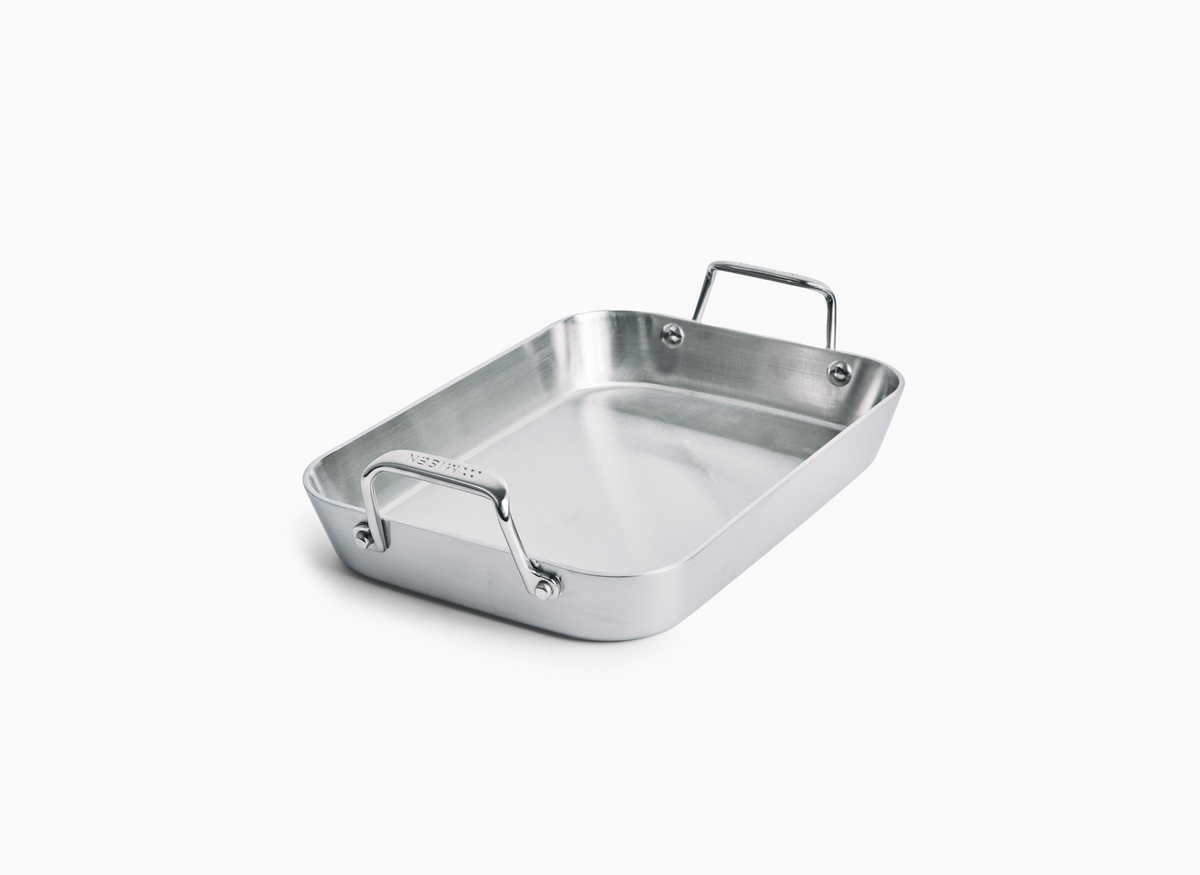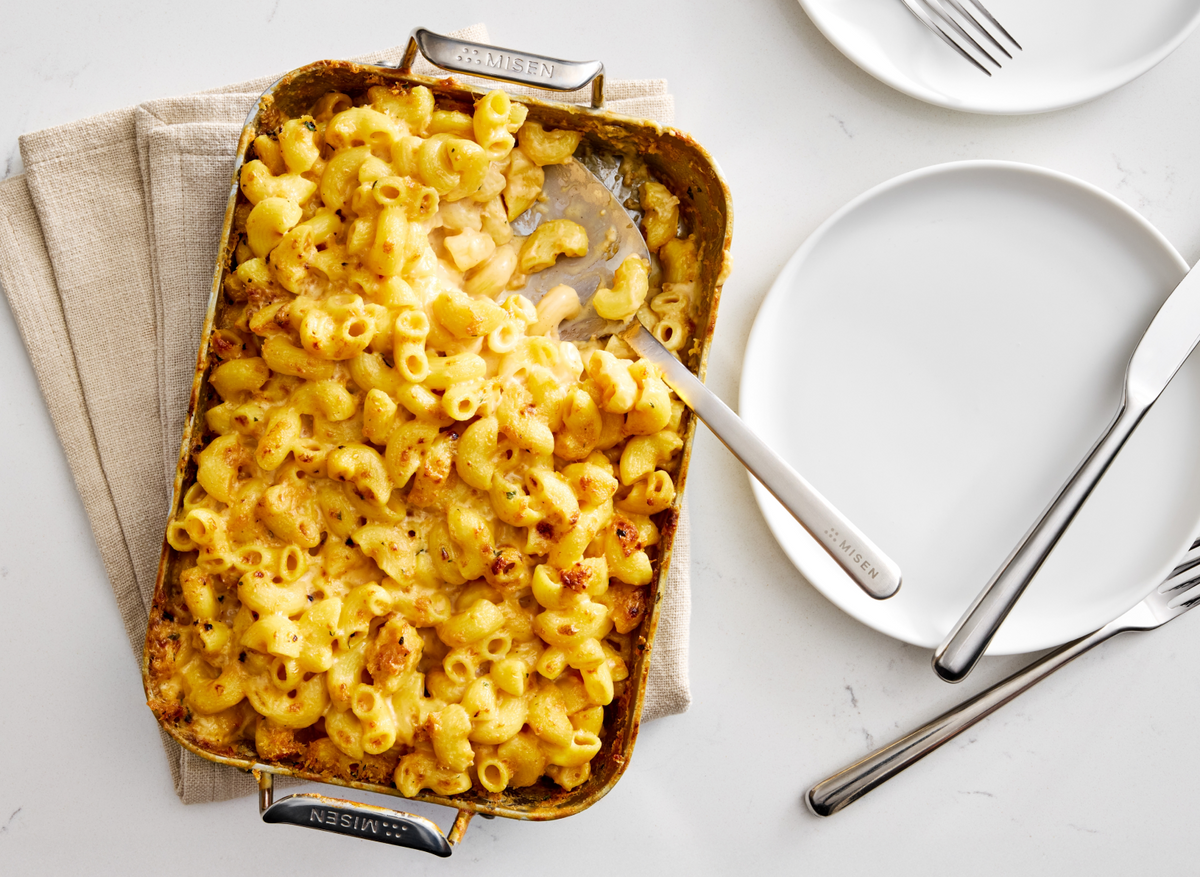Chiffonade vs Julienne Difference: Understanding Each Cut’s Purpose
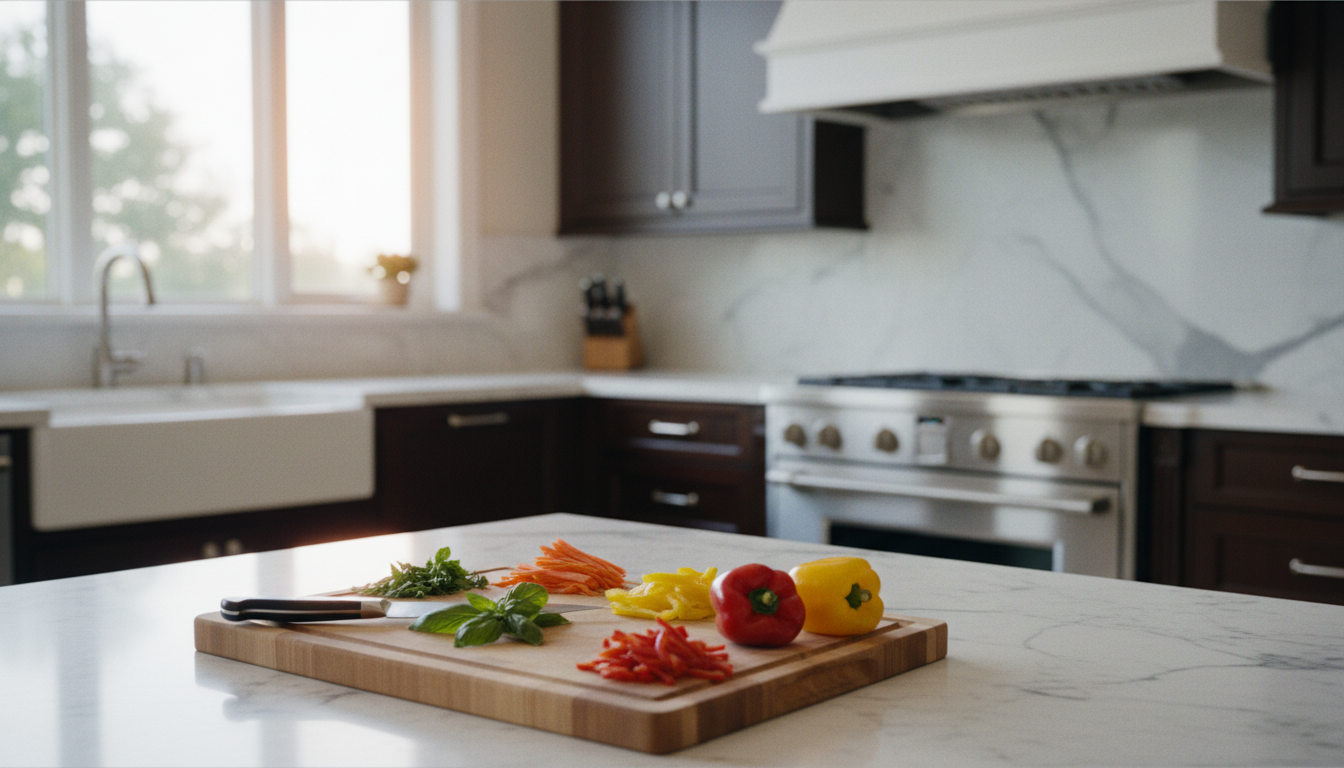
Chiffonade vs Julienne Difference: Understanding Each Cut's Purpose
This guide explores the chiffonade and julienne cutting techniques, detailing their definitions, proper execution, and ideal applications in cooking. By understanding these fundamental knife skills, home cooks can enhance their culinary repertoire, improve dish presentation, and optimize ingredient flavors and textures.
The Foundations of Knife Skills
Precision begins with selecting quality knives and mastering essential safety techniques.
Essential Equipment for Precise Cutting
Mastering knife skills starts with selecting the right tools. A sharp, well-balanced chef's knife forms the cornerstone of any kitchen arsenal. Look for an 8-10 inch blade with a prominent point and sloping curved edge to enable proper rocking motion[1]. For delicate tasks, a 3-3.25 inch paring knife offers nimble control[2]. Maintaining sharp edges is crucial - dull blades are more likely to slip and cause accidents[2].
Safety First: Proper Grip and Technique
Proper knife technique prioritizes control and safety. The preferred blade grip involves resting the thumb and forefinger directly on the blade in front of the bolster, with remaining fingers wrapped around the handle[5]. Create a stable cutting surface by placing a damp towel under your board to prevent slipping[4]. Let the blade do the work rather than forcing it, maintaining relaxed hands and wrists while using a gentle rocking motion[5].
How Different Cuts Affect Cooking Results
The size and shape of cuts directly impact cooking rates, flavor release, and texture. Smaller pieces cook faster while larger cuts take longer to reach doneness. Finer cuts like mincing expose more surface area, intensifying flavors by releasing natural oils and aromatics[6]. Professional-looking presentation relies on uniform cuts that cook predictably and create visual harmony on the plate[6].
The Language of Knife Cuts: French Terminology in Modern Kitchens
French culinary terms provide a precise vocabulary for specific cutting techniques. The julienne cut creates uniform matchstick-sized strips approximately 1/8-inch wide, ensuring even cooking and elegant presentation[7]. Chiffonade, literally meaning “in rags” in French, describes the technique of cutting herbs and leafy greens into delicate ribbons that maximize flavor release while maintaining visual appeal[8].
Understanding the Chiffonade Technique
Rolling leaves into delicate ribbons unlocks vibrant flavors and enhances visual appeal.
What Exactly Is a Chiffonade? Definition and Origin
Chiffonade (pronounced “shif‐oh‐NOD”) comes from the French word chiffoner, meaning “to crumble,” though it's often interpreted as “little ribbons”[9][10]. The method involves stacking and tightly rolling leafy herbs or vegetables, then slicing them perpendicular to create uniform, thin strips[11]. This specialized cut requires ingredients with consistent, flat surface areas, making it unsuitable for small, narrow, or irregularly shaped herbs[11].
Step-by-Step Guide to Creating Perfect Ribbon-like Cuts
Creating perfect chiffonade starts with proper leaf preparation. Stack 3-4 large leaves or 4-6 smaller ones, arranging them with glossy sides down[12]. Roll the leaves tightly into a firm, cigar-like cylinder, tucking in the ends to prevent unraveling[12]. Hold the roll with fingertips curled under in a bear-claw position to protect them while cutting. Using a sharp knife at a 45-degree angle, slice across the cylinder in smooth, even strokes to create ribbons approximately 1/8 inch wide[8].
Ideal Ingredients: Leafy Herbs and Vegetables Best Suited for Chiffonade
Flat-leafed herbs with broad, pliable surfaces create the most striking chiffonade ribbons. Basil, mint, and sage are ideal candidates, as their structure allows for easy stacking and rolling while maximizing flavor release when cut[10]. Beyond herbs, leafy greens like spinach, Swiss chard, and various lettuces work exceptionally well for this technique[10]. The chiffonade method particularly benefits heartier greens by breaking down tough fibers, making them more tender and quicker to cook[12].
Handling Thick Stems and Avoiding Stringy Textures
To prevent stringy textures when working with herbs like mint or certain basil varieties, stack several leaves and fold them over to secure before cutting from one side, stopping just before the central stem[13]. For larger leafy greens like kale or Swiss chard, remove thick center ribs before stacking to ensure even rolling and clean cuts[8]. Adjust your technique based on the herb’s texture—use quick, decisive knife strokes for tender herbs to minimize bruising, while heartier greens benefit from slightly wider cuts of about 1/4 inch[8].
Mastering the Julienne Cut
Uniform matchstick cuts guarantee fast, even cooking and elevate dish presentation.
Defining Julienne: The Classic Matchstick Cut
The julienne cut transforms ingredients into precise matchstick-shaped strips measuring 2½ inches long and ⅛ inch in both width and height[14]. This classic French technique creates uniform pieces that ensure even cooking while delivering an elegant presentation[15]. It is especially valuable for dishes like spring rolls, sushi fillings, and salad toppings, with shoestring fries being a quintessential example[16].
Proper Julienne Technique and Dimensions
To create precise julienne cuts, start by peeling the vegetable and cutting it into 2-3 inch segments[16]. Square off the ingredient by slicing away rounded sides to form a rectangular shape, then cut into planks approximately 1/8 inch thick[16]. Stack these planks and slice them into uniform 1/8-inch strips, using your knuckles as a guide[16]. For optimal control, use a razor-sharp chef's knife and allow the blade's weight to do the work[16].
Best Vegetables and Applications for Julienne Cuts
Firm vegetables with consistent texture are best suited for julienne cuts, including carrots, peppers, leeks, celery, and potatoes[16]. This technique excels in dishes requiring quick, even cooking and refined presentation. In stir-fries, julienned vegetables integrate seamlessly with noodles, and in salads, they provide a crisp, attractive garnish[17].
Variations: Fine Julienne and Allumette
Beyond the standard julienne, two specialized variations offer even more precise cuts. Fine julienne yields ultra-thin strips measuring 1/16 inch by 1/16 inch by 2 inches—half the width of the standard cut[18]. The allumette cut, also known as the matchstick cut, produces pieces measuring 1/4 inch by 1/4 inch by 2½–3 inches, providing slightly thicker pieces ideal for tempura or crudités[19].
Chiffonade vs Julienne: Direct Comparison
Comparing delicate ribbons to precise matchsticks reveals their unique culinary applications.
Dimensional Differences: Size, Shape, and Thickness
The chiffonade and julienne cuts differ in dimensional specifications and execution. Chiffonade produces delicate ribbons without strict measurements, while julienne follows precise dimensions—typically 2-3 inches in length and between 1/16 to 1/8 inch in width and thickness[20].
Ingredient Suitability: When to Use Each Cut
Chiffonade is ideal for leafy herbs and greens like basil, mint, and spinach that can be stacked and rolled, whereas julienne works best with firm vegetables such as root vegetables, bell peppers, and cucumbers[7].
How Each Cut Affects Cooking Times and Methods
Different cutting techniques affect cooking dynamics: finer cuts cook faster and enhance flavor extraction, while thicker cuts require longer cooking times. For instance, thin slices allow more surface area for flavor release[22], and chiffonade quickly disperses herb aromas[8].
Visual Impact: Presentation Considerations for Both Techniques
Chiffonade transforms herbs into elegant ribbons that add height and dimension, whereas julienne creates uniform matchsticks that provide geometric consistency, enhancing overall plate presentation[7].
Culinary Applications and Purposes
Adapting these cuts unlocks new flavors and elevates each dish to culinary artistry.
Chiffonade in Action: Garnishes, Salads, and Flavor Infusion
Chiffonade’s delicate ribbons serve as an elegant garnish and can subtly enhance salads. When added just before serving, these thin strips impart concentrated bursts of flavor without overwhelming a dish.
Julienne Applications: Stir-fries, Soups, and Raw Preparations
Julienne cuts excel in applications where quick, even cooking is crucial. Their uniform, matchstick shape allows for rapid heat transfer, making them perfect for stir-fries and for adding a crisp, decorative touch to raw salads[23][24].
Restaurant Techniques vs Home Cooking Adaptations
While professional kitchens demand precision, home cooks can prioritize consistency over exact measurements. A sharp knife and steady technique are sufficient to achieve a visually appealing and evenly cooked result[14].
Creative Uses Beyond Traditional Applications
Innovative chefs are reimagining these techniques; chiffonade is being used for artistic dessert garnishes, and julienne cuts are incorporated into modern fusion dishes to add both texture and style[14].
Troubleshooting Common Cutting Challenges
Refining techniques and making thoughtful adjustments overcome common cutting challenges.
Maintaining Uniformity in Your Cuts
Achieving consistently uniform cuts is key to even cooking. For julienne, ensure each cut is about 2½ inches long with a width of 1/8 inch; for chiffonade, stack leaves evenly for uniform ribbons.
Working with Different Textures and Densities
Different ingredients react differently to knife cuts. Dense vegetables require firm pressure, while delicate herbs benefit from a lighter touch to avoid bruising.
Time-Saving Techniques for Both Methods
Pre-slicing ingredients into planks can expedite the cutting process, enabling you to produce multiple uniform pieces simultaneously.
When to Choose Alternative Cutting Styles
If an ingredient resists traditional chiffonade or julienne methods, consider alternative techniques like batonnet or dicing to ensure optimal texture and cooking results.
- Chiffonade and julienne cuts serve distinct culinary purposes, with chiffonade ideal for delicate herbs and julienne best suited for firmer vegetables.
- Proper knife technique and safety are essential to execute these cuts accurately and prevent injuries.
- The size and shape of a cut directly influence cooking times, flavor extraction, and presentation.
- Consistency in each cut ensures even cooking and adds a professional touch to dishes.
- Adapting cutting techniques to suit different ingredients can transform everyday meals into culinary masterpieces.
- https://www.seriouseats.com/the-best-essential-knives
- https://www.onceuponachef.com/how-to/7-kitchen-knives-every-cook-needs.html
- https://www.escoffier.edu/blog/recipes/knife-cutting-techniques-for-professional-chefs/
- https://cooking.nytimes.com/guides/23-basic-knife-skills
- https://www.foxel.me/blogs/blog/how-different-cuts-affect-the-taste-and-texture-of-your-food?srsltid=AfmBOoovdDjeNMVKLxk82D6elDNKX11g3HUbclP8rltG730EdCiCUc4b
- https://whatsfordinner.com/kitchen-tips/culinary-cutting-terms-images/
- https://misen.com/blogs/news/chiffonade-cut-definition-master-the-art-of-fine-slicing
- https://www.thespruceeats.com/what-does-chiffonade-mean-995614
- https://www.masterclass.com/articles/how-to-chiffonade
- https://en.wikipedia.org/wiki/Chiffonade
- https://www.forksoverknives.com/how-tos/how-to-chiffonade/
- https://www.seriouseats.com/knife-kills-how-to-chiffonade-mint-and-other-leafy-herbs
- https://www.escoffier.edu/blog/culinary-arts/8-knife-cuts-every-professional-cook-should-know/
- https://santokuknives.co.uk/blogs/blog/how-to-julienne
- https://www.foodnetwork.com/how-to/packages/food-network-essentials/how-to-julienne-cut
- https://cooking.stackexchange.com/questions/6982/julienne-applications
- https://www.thespruceeats.com/culinary-arts-knife-cuts-photo-gallery-4121795
- https://misen.com/blogs/news/knife-cuts
- https://www.webstaurantstore.com/article/796/types-of-knife-cuts.html?srsltid=AfmBOooilwnbmb9VIIlAL7ygeO-DaS9aTl-j5kdFQciAcFUb78ignHPO
- https://www.npr.org/sections/thesalt/2016/07/11/485235765/slice-dice-chop-or-julienne-does-the-cut-change-the-flavor
- https://www.evolvingtable.com/julienne-cut/
- https://www.tastingtable.com/960779/what-is-a-julienne-cut-and-when-is-it-best-used/
- https://misen.com/blogs/news/how-to-julienne
- https://en.goyon-chazeau.com/7-essential-ways-to-cut-vegetables/
